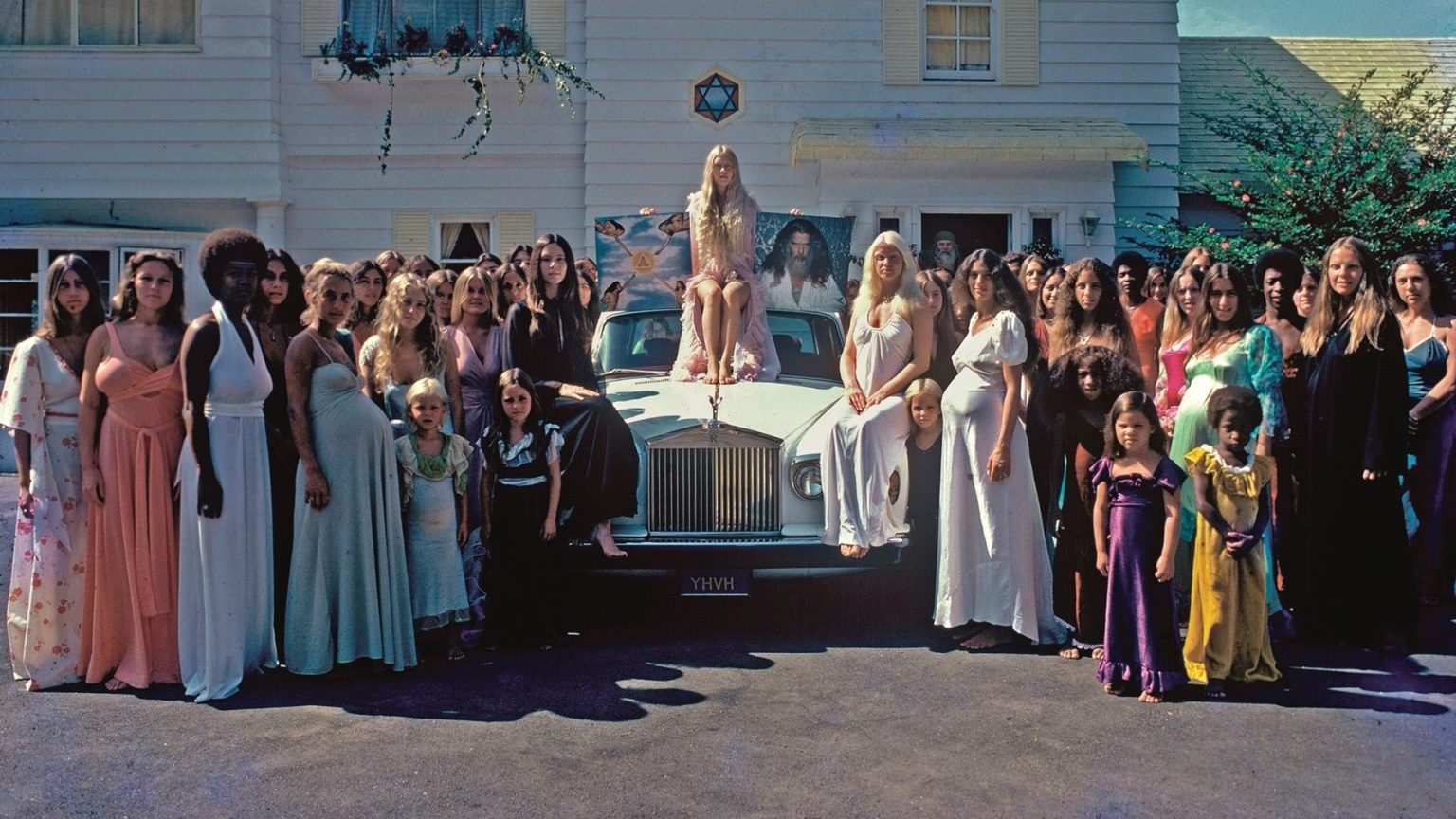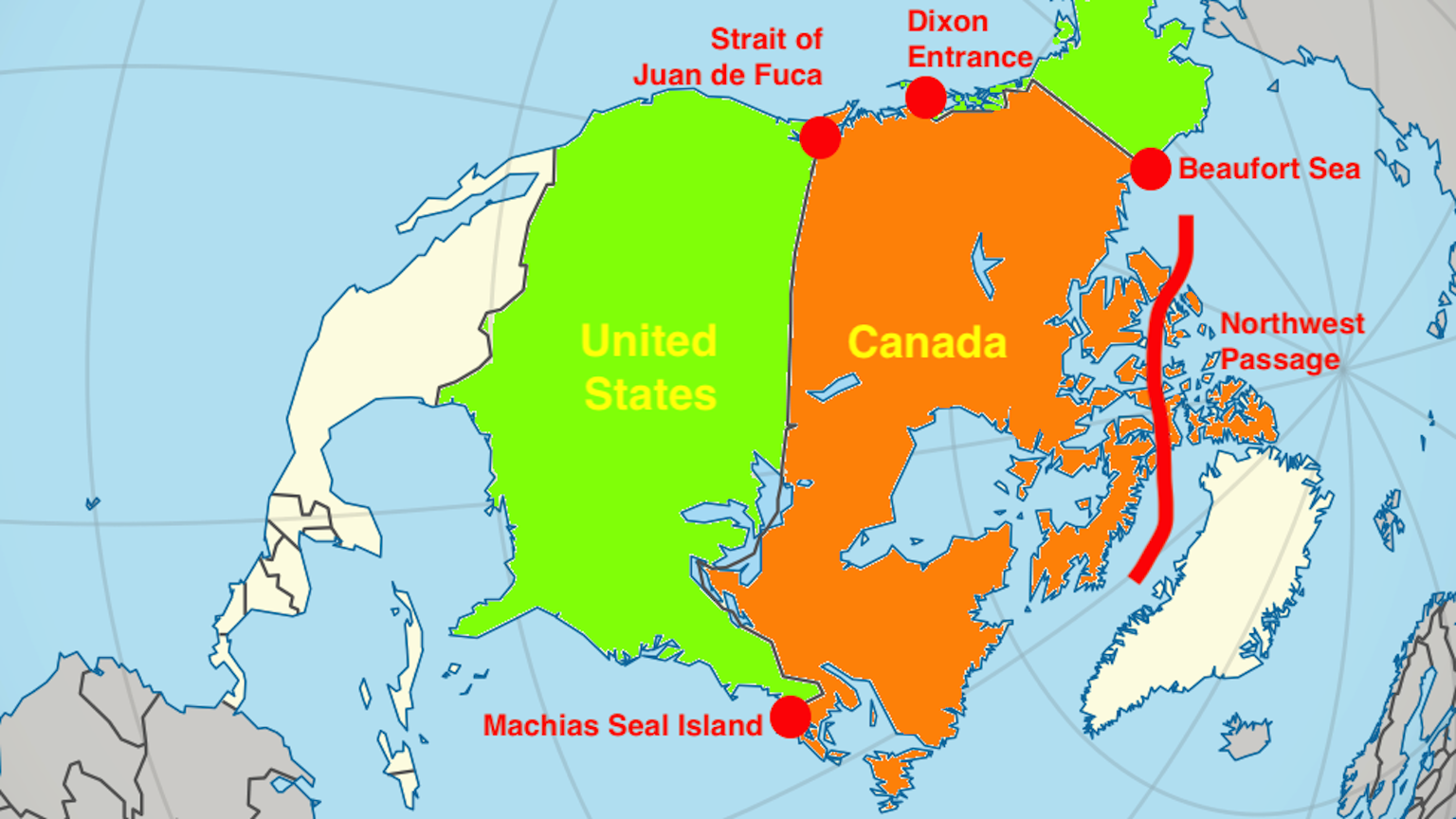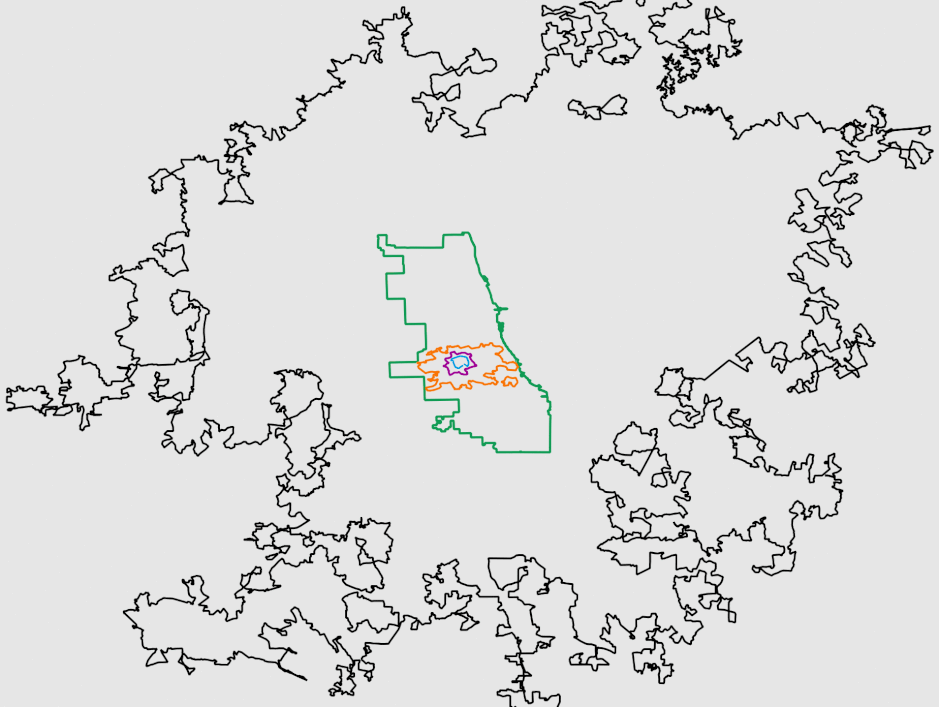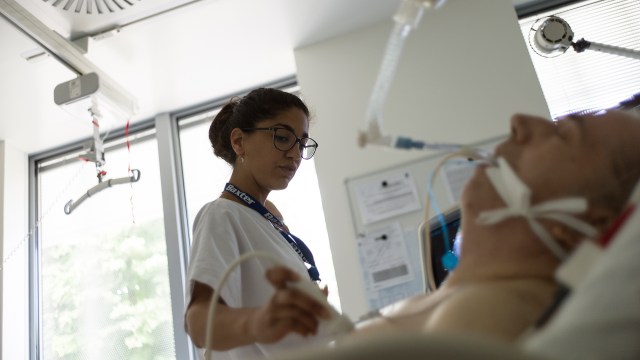What’s Lost In a World That No Longer Walks

In November Los Angeles County residents overwhelmingly voted to make the region more walkable. Ok, that wasn’t exactly what Measure M was about, though promoting foot traffic is an unavoidable consequence of expanding the public transportation system.
Like many New York City transplants, I arrived in Los Angeles ambitious and ignorant. Downtown from the west side? No problem. Long Beach on a weekday? Easy. Coffee in the Valley? Done. I’d never been an ‘afraid of leaving my borough/block’ kind of New Yorker. Perhaps growing up nearby in Jersey, having intimate knowledge of what it takes to enter and exit bridges and tunnels, steeled me for simple subway jaunts.
Los Angeles is a different beast. I learned this soon after arriving in 2011 when I had to travel two miles from Santa Monica to Westwood during rush hour. The entire expedition took an hour and forty minutes.
Los Angeles officials have recognized this problem. Earlier this year they released a detailed eighty-one page report on how they would spend the $120 billion in revenue Measure M will bring in. Now that the measure has passed Angelenos are about to greatly expand their pedestrian borders.
Or will they? This city is massive. On Sundays I travel to Santa Monica from my Palms neighborhood, which is a recipient of the recently expanded metro line connecting the beachfront city with downtown. For me to walk the mile to the station and take the train to Second St takes roughly forty minutes. The drive, barring any traffic incidents, is about fifteen.
Infrastructure is a necessary first step. What needs to change is our relationship to walking. Incredibly, raising a hundred billion dollars is easier than altering our habits, especially if the new habits take more time than what we’re accustomed to.
Los Angeles is a car city. You’ve inevitably heard about the highways and routes being what Angelenos talk about because, well, it’s what we talk about. Tips, frustrations, closures, shortcuts, all open for unsolicited monologues at any time of day or night. Drivers circle single blocks like rabid sharks in wait rather than parking—and then walking—two blocks away, where a row of open spots idle.
Bipedalism is our evolutionary triumph. Sure, we can’t swing from trees with our feet (or for most, arms) anymore, but the ability to stand upright offered our ancestors two distinct advantages: they could see further into the distance, warning of potential trouble, and they could communicate with peers more easily, which helped fend off invading tribes as well as signal while hunting.
For most of history walking was the only mode of communication. Even today, outside of developed nations, it still is. Yet we have a weird definition of ‘development,’ as our lack of walking results in a variety of development disabilities, such as obesity, digestive disorders, lack of proprioception, and an endless array of biomechanical problems from neck pain to foot ailments.
Part of the problem is that we see walking as ‘exercise.’ Exercise is that dirty word you have to make time for, as if simple everyday movements should be separate from the rest of ‘life.’ And if you must work out, better it is to run, which many treat as a more expedient form of walking. (It’s not. Running is more like jumping.)
The very skill that lifted us to the kingdom’s top also separated us from the domain we lord over. In her book, Wanderlust: A History of Walking, Rebecca Solnit discusses the expansion of public parks and craving for outdoor adventures the British initiated. Public gardens made humans ‘class-less’ as sharp economic and ethnic divides dissolved in the art of putting one foot in front of the other. In a terrain where everyone sees eye-to-eye it’s hard to look down on others.
With gardens and rigorous expeditions the English were getting back to nature, which, in their shortsightedness—applicable to today’s urbanites—meant doing what others are doing every day.
So though Europeans led the world in the development of modern mountaineering, that mountaineering came out of romanticism’s discovery of an appreciation for natural places that much of the rest of the world had never lost.
Today more people are moving to cities, which means more transportation that is not walking. This is a serious problem, says Tom Vanderbilt, who writes books on traffic. Walking, not as exercise but as a mode of transport, has numerous health benefits:
Walking six miles a week was associated with a lower risk of Alzheimer’s (and I’m not just talking about walking in the “Walk to End Alzheimers”); walking can help improve your child’s academic performance; make you smarter; reduce depression; lower blood pressure; even raise one’s self-esteem.
Unfortunately we always seek the easiest path, cognitively and physically. In this we’ve exploited an energy conservation technique to terrible ends. This usually means waiting for a spot to open up instead of parking further away and actually saving time by huffing it—or simply forgoing the car.
Bruce Lee recognized fitness is just fad, that our health happens in the course of our life, not in a separate hour we put aside for it. In The Tao of Jeet Kune Do, he writes,
Take a walk whenever you can—like parking the car a few blocks away from your destination.
He knew that walking is not only healthier, but better for your brain. Mastering yourself means understanding your environment. When you’re in closed spaces with endless distraction technologies it’s impossible to feel the spaciousness of your surroundings. This leads to the worst effect of our lack of walking: the art of daydreaming, noticing what’s around you and letting your thoughts drift. This, undoubtedly, is the worst consequence of sedentary busyness: an inability to slow down and see what’s right in front of you. Walking offers this and much more, should you take the first step.
—
Derek’s next book, Whole Motion: Training Your Brain and Body For Optimal Health, will be published on 7/4/17 by Carrel/Skyhorse Publishing. He is based in Los Angeles. Stay in touch on Facebook and Twitter.





